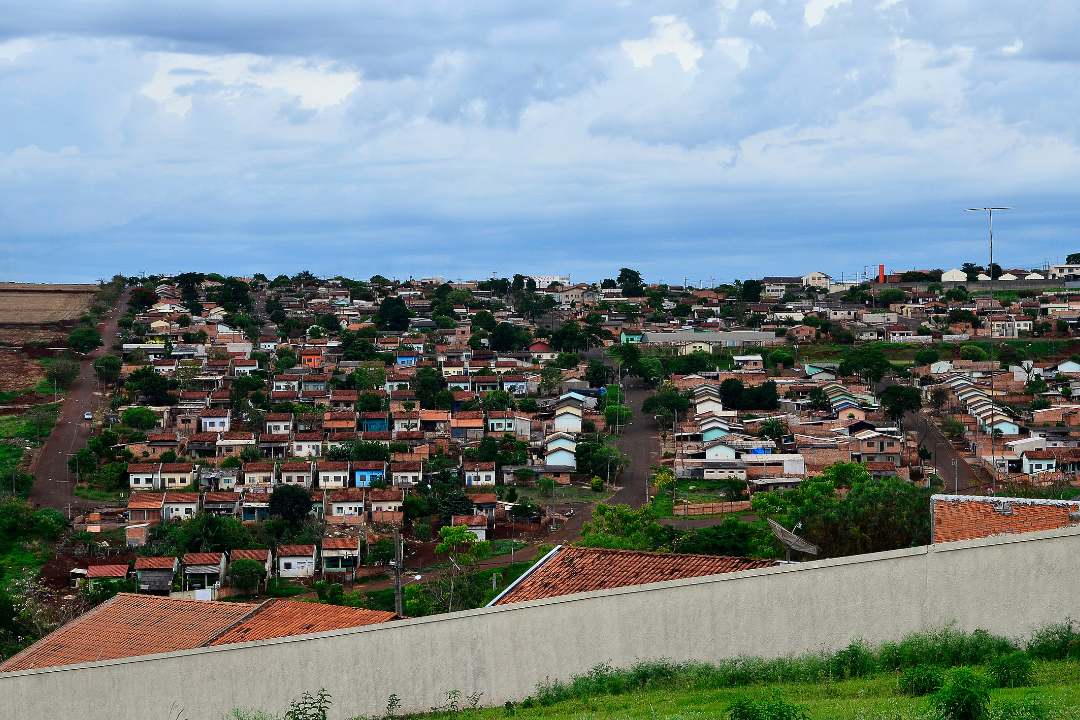Feasibility study on the housing shortage in the Tatiara, Southern Mallee, Naracoorte Lucindale and Coorong council areas

Project summary
A feasibility study into the delivery of affordable housing for appropriately identified cohorts of people across the four council areas.
The project was carried out as a collaboration between Tatiara, Coorong and Naracoorte Lucindale District Councils. The councils have worked with Civitas Solutions to assess the demand for key worker housing in their local areas. Data was taken from Proptrack, SQM Research and an employer survey, to help identify why demand is not being met.
Outcomes
The project assessed the demand, potential sites and interest/needs of local businesses, banks and the Local Goverment Finance Authority. The project output included a report and a joint council key worker housing scheme flowchart.
The report identified the following options for councils to consider around affordable housing in their area:
- No change and hope that the market and existing purchasers, builders and property developers are able to obtain adequate finance to address the ongoing housing shortage.
- Utilise council-owned or purchased land and finance the construction and sale of new dwellings using council funds.
- Borrow funds from the National Housing Infrastructure Facility or obtain grants from Growing Regions Grants to finance infrastructure to reduce the cost of new council-owned or private developments.
- Utilise the Civitas Model to obtain a government-guaranteed bank loan to finance housing development at cost (land value plus construction costs as determined by the lending bank) to pre-approved future owners utilising council-owned land where available.
- Where council-owned land is not available and private land development was proposed to be supported by the council, the primary focus would be to manage the risk to the guarantor.
The councils found that although the housing needs were the same in each local government area and were a result of similar employment needs vs unavailability of housing, the potential answers for each area were fundamentally different.
Differences included:
- how engaged local businesses were in the finding of solutions
- whether council-owned land was available
- whether this land was in large parcels or small pockets spread throughout a town
- the number of housing outcomes sought
- the readiness of each council to proceed.
Though banks, the Local Government Finance Authority and the National Housing Finance and Investment Corporation all supported the proposed housing project in principle, due to these differences each council chose to pursue its own path. Councils summarised the process and considerations in the attached flowchart to provide a more readily accessible 'how-to' for other councils considering similar projects.
The project researched demand, local sites, and borrowing requirements. In doing so it built our knowledge and capacity to address the significant housing challenges faced by councils. The finding, which is summarised through a flowchart, provides insights for other councils facing similar challenges.
The project aimed to assess the feasibility of a collaborative council project to address the housing shortages affecting four local government areas. The project itself was a collaboration and confirms that a partnership model could deliver affordable housing in principle, the differences in each council area ultimately resulted in collaborative housing development not progressing.
Evaluation
The Final report – affordable housing feasibility study was determined to be clear overall and deliver on its stated objectives. It was anticipated during the course of the project that a collaborative housing strategy between the councils was likely not to eventuate.
The councils involved ultimately require different solutions, depending on their land availability and financial commitment.
Project snapshot
Key dates
- Funding approved 31 Oct 2022
- Phase 1 - Desktop Review - Completed 31 Dec 2022
- Phase 2 - Analysis and Feasibility Study - Completed 30 Nov 2023
- Project complete 15 Feb 2024
